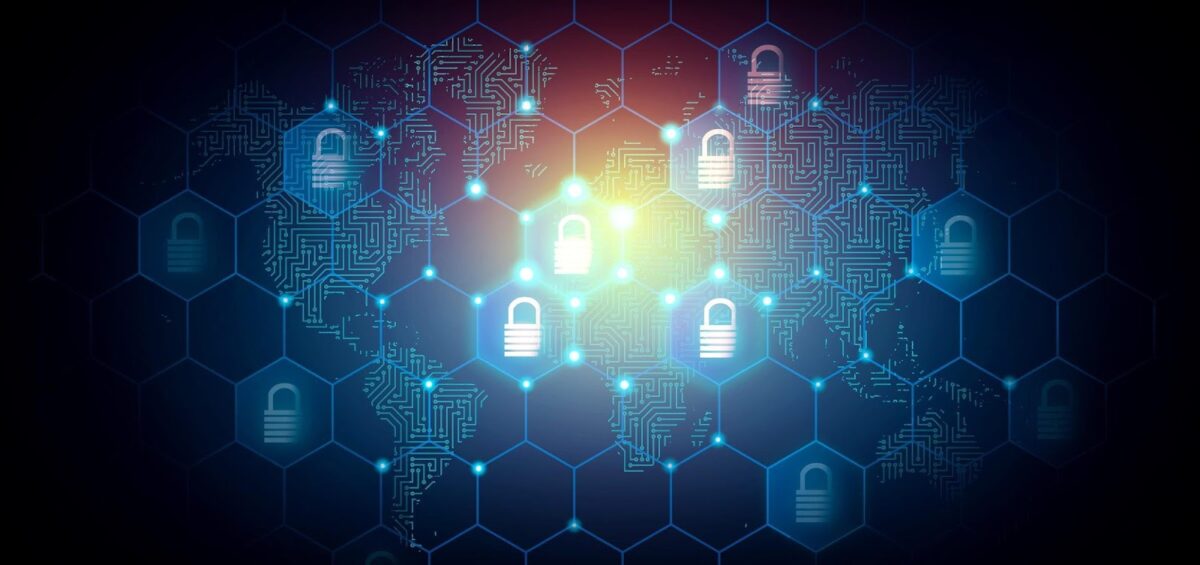As more and more businesses and individuals’ assets become digitized, so do the attempts to steal, corrupt, leak, and exploit them. While many companies rush to stay on top of the newest threats and ploys, others, especially businesses outside of the tech industry, struggle to keep up with the recent surge of cyberthreats. Cyberattacks not only occur more frequently but also show more complexity and stealth and cause more significant damage.
Businesses of different sizes and industries now invest in security more than ever, especially as public awareness of privacy and data sensitivity rapidly increases. Not to mention, investing in cybersecurity and staff education, can save businesses hundreds of thousands, if not millions, of damages when an inevitable attack occurs.
The Evolution of Cyberattacks
Naturally, cyberattacks have gradually evolved over the years as technology grew more complex and mainstream, from password cracking and simple phishing emails in the ’90s to the sophisticated malware and SQL injection attacks (SQLi) present day. However, it would be unwise to assume cyberthreats stop here; future attacks involving artificial intelligence, bots, and deep fakes are causing wide-scale concerns, especially in the areas of phishing and social engineering.
According to CPO Magazine, “Criminals are shifting their cyberattacks from large-scale, indiscriminate attempts on individuals to targeted attacks on businesses.” While the general cyberattacks of the past were profitable for the attackers, the increase of cybersecurity awareness among individuals and businesses made it harder to complete a successful attack without first customizing it to the security system. This dilemma forced criminals to focus more of their time and effort on operations that would yield positive results, rather than on sheer luck.
The financial repercussions of a cyberattack, as of 2019, averaged around $1 million, with the international costs expected to reach $6 trillion by 2021. This exponential growth has made cybersecurity a significant priority globally, resulting in direct action taken to prevent future attacks.
Common Cybersecurity Crimes
Cyberattacks are increasing, not only in cost and frequency but also in variety. Seven of the most common types of attacks include:
- SQL Injection– SQLi attacks are when a criminal injects an SQL command into a database, granting themselves unauthorized access to the database and compromising it.
- Phishing– Phishing, the most common attack of 2020, is when cybercriminal tricks employees, using an authentic-sounding email to give out credentials, sensitive information, and passwords.
- Internal Threats– Internal threats happen when the employees of a business, leak, or grant unauthorized access to outsiders by exploiting their position in the company.
- Ransomware– Ransomware attacks, as the name suggests, happen when a criminal manages to install malware onto a device that either encrypts its data or collects it and demands a specific sum of money to release it.
- DDoS– Distributed denial-of-service attacks are when criminals force massive traffic to a server, causing it to crash, denying employees and customers access to essential data and services for some time.
- IoT– Internet of things attacks take advantage of network devices that are not as secure, such as printers and fax machines, as access points into the network.
- Passwords– Password-reliant attacks depend on the criminal stealing or guessing an employee’s log-in password, which happens when employees share a generic password or have a weak one.
Modern Defense Against Modern Threats
To combat next-generation cyber threats, you need a next-generation antivirus (NGAV) system. NGAV excels over traditional antivirus because it uses machine learning and artificial intelligence to find patterns and predict a myriad of attacks before they happen. Not to mention, cloud managed next generation antivirus software can centralize the entire protection system by moving it online. You could even consider RASP – it offers proactive and dynamic security for applications, complementing other security layers and providing an additional line of defense against various attacks and vulnerabilities. Another use of RASP includes real-time threat detection, which blocks attacks or security threats such as code injection, cross-site scripting, and more.
Making the Switch to More Comprehensive Security
Thanks to the high computational power of the cloud, NGAV, and endpoint detection and response (EDR) can efficiently work together to secure all access points to a network. When combined, they can identify minute changes and subtle suspicious behaviors, collecting them as data for future reference, while stopping them before they turn into a full-blown attack. In addition to catching the smallest anomalies and file changes, EDR’s fast response to threats that may slip through any NGAV adds another level of protection, ensuring maximum security for the network.
Cyber threats and attacks are rapidly evolving and growing in frequency. To not fall behind, companies should consider investing in a flexible and constantly-growing security system. Proper protection dramatically diminishes the chances of a major financial loss due to ransomware, data loss, or human error.
